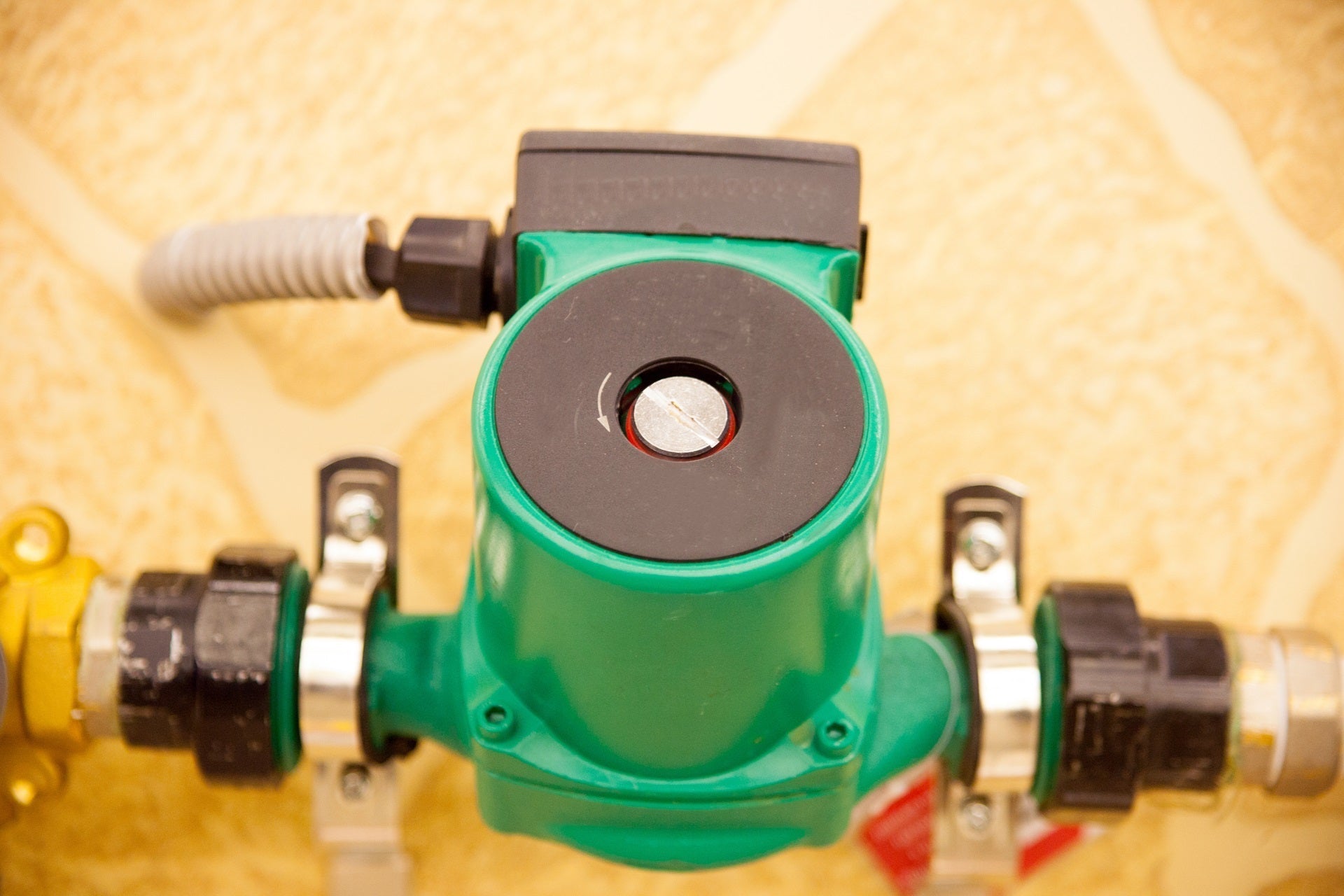Efficient water circulation is crucial for heating and cooling systems to work effectively. A circulation pump ensures smooth water flow through pipes, radiators, and other components, maintaining consistent temperatures throughout your home or business. In this guide, you'll learn the essentials of selecting, installing, and maintaining water circulation pumps, including their benefits to various systems. With practical advice and easy-to-follow instructions, this guide aims to make your next installation as straightforward as possible.
What Circulation Pumps Do in Heating and Cooling Systems
Circulation pumps are designed to move water within a closed-loop system, such as those used in central heating or air conditioning setups. A pump distributes hot water from the boiler to radiators or underfloor heating for heating. It circulates chilled water in cooling systems to maintain a comfortable indoor temperature.
Key benefits of using a water circulation pump include:
- Faster heating or cooling of spaces.
- Improved energy efficiency by reducing heat loss in pipes.
- Consistent temperature control across all zones.
Always match the pump's capacity with the system's requirements to maximize performance, ensuring adequate flow rate and pressure.
Selecting the Right Circulation Pump
Choosing the right pump is essential for your system to operate efficiently. Different pumps are suited to different tasks, such as circulating hot water in homes or supporting larger commercial setups. A hot water circulation pump is ideal for domestic heating systems, while industrial settings may require larger, more robust models.
Discover our most popular product categories – find what you need today!
- Air to Water Heat Exchangers
- Water to Air Heat Exchangers
- Plate Heat Exchangers
- Oil Coolers & Intercoolers
- Tankless Water Heaters
Key factors to consider include:
- System size: Larger systems may require pumps with higher flow rates.
- Energy efficiency: Opt for pumps with variable speed settings to save energy.
- Material quality: Stainless steel pumps are best for potable water to prevent corrosion.
Additionally, check the pump’s head pressure to ensure it meets your system's needs, especially in multi-story buildings or long piping setups.
Tools and Supplies You’ll Need
Installing a water heater circulation pump requires the right tools and materials for a smooth process. Preparing everything beforehand can save time and reduce installation issues.
Here’s what you’ll need:
- Wrenches and adjustable spanners for tightening connections.
- Pipe fittings that match the diameter of your system's pipes.
- Pipe insulation to minimize heat loss and improve efficiency.
- Thread sealant or Teflon tape to ensure leak-free joints.
- A screwdriver set to secure clamps and fittings.
If you're unsure about the compatibility of your materials, consult the pump's user manual or a professional installer for advice.
Step-by-Step Installation
Installing a circulating pump is manageable if you follow the proper steps. Here’s a detailed guide to help you through the process:
- Shut off the system: Turn off the power and close the water valves to prevent accidents.
- Drain the system: Remove water from the relevant piping sections to avoid spills.
- Position the pump: Identify the correct location for the pump, typically near the boiler or water heater. Ensure the pump’s arrow aligns with the system's flow direction.
- Secure the pump: Use brackets or clamps to hold the pump firmly in place. Tighten all connections using wrenches and sealant to prevent leaks.
- Refill the system: Open the valves to refill the pipes with water and check for leaks before restarting the system.
- Test the pump: Power up the system and verify that the pump operates correctly without noise or vibration.
Following these steps ensures a proper installation and reduces the likelihood of future maintenance issues.
Common Issues and How to Avoid Them
Mistakes during installation can affect the efficiency and lifespan of your water circulation pump. To avoid problems, keep these common issues in mind:
- Wrong installation direction: Always check the arrow on the pump to ensure proper flow direction.
- Inadequate sizing: A pump that’s too small or too large for your system will lead to inefficiency or wear.
- Air in the system: Bleed the system after installation to remove trapped air, which can cause noise and poor performance.
- Poor insulation: Uninsulated pipes can lose heat, reducing the overall efficiency of your heating system.
Careful planning and attention to detail during installation will prevent these issues and ensure optimal performance.
Maintenance Tips for Long-Term Performance
Routine maintenance is essential to keep your hot water circulation pump running efficiently. Simple checks can prevent costly repairs and prolong the pump’s lifespan.
Key maintenance tasks include:
- Inspecting the pump regularly for leaks or unusual noises.
- Cleaning the pump to remove debris or mineral buildup.
- Checking the motor and bearings for signs of wear.
- Replacing worn gaskets or seals to prevent water damage.
Scheduling maintenance at least once a year can help you identify potential issues early and avoid unexpected system failures.
When to Seek Professional Help
While installing a water heater circulation pump can be a DIY project, there are situations where professional assistance is recommended:
- Complex systems: Multi-zone or large commercial setups may require expert calibration.
- Persistent issues: If your pump isn’t operating as expected despite proper installation, a professional can identify the root cause.
- Upgrades or replacements: A professional can help you choose a compatible model and handle the installation when upgrading an older pump.
Hiring a professional ensures that your system operates efficiently and avoids unnecessary risks.

